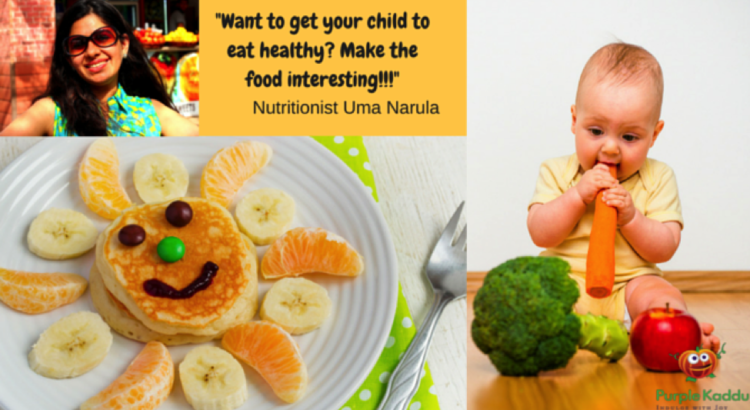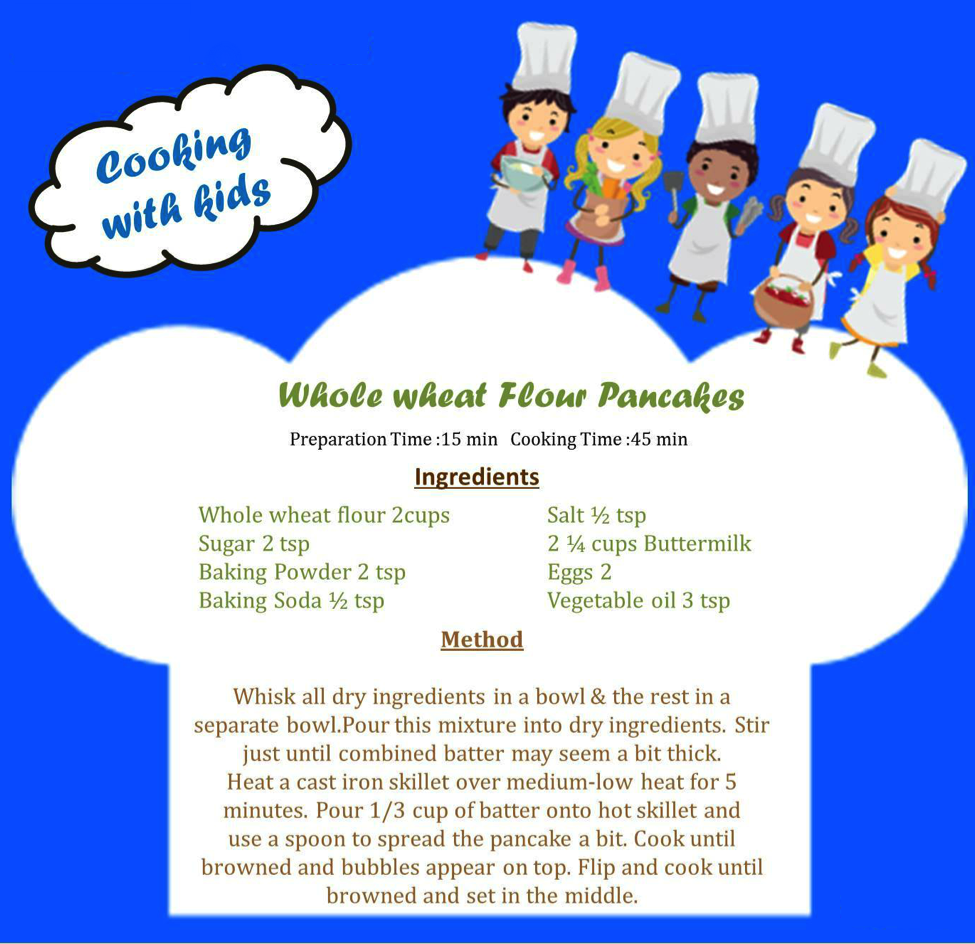As a Nutritionist, I often come across new moms worrrying whether their babies are getting enough to eat?
What is most important to remember is that your baby’s first introduction with various types of foods is more about the “experiment” and less about the food. The bulk of your child’s nutritional needs for the first year are still going to be met by breast milk .Here are few tips that will reduce your worry and help you in feeding your lo better:
Right Time: While some moms do start feeding ‘top’ foods by 4 months, medically it is found that your baby’s stomach is still weak to take in foods other than breast milk at this stage. Delaying introduction of ‘top’ foods is also not recommended as they need added nutrients after 6 months of age.
Thus, starting on solids at the age of 5- 6 months is optimum. This journey is also broken up month wise below so your lil one progresses from purees to whole foods in this period.
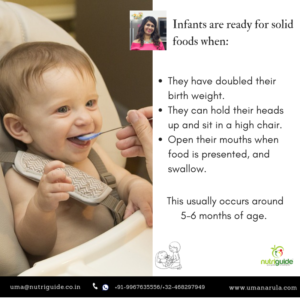
Baby weight : The second most important thing – do not worry about their weight (unless there’s a weight reduction)!Each baby is unique. Some are fast gainers. Some are slow gainers. As babies slow down their growth, they’ll be less hungry on average (although 60% of their intake is feeding their brains rather than the rest of their developing bodies). Appetite also varies from day to day. Some days, babies will be ravenous all-consuming beasts. Other days, there’s not a mashed banana in the world that’ll interest them.
Expose them to as many as different foods as possible: The first couple of years of a child’s life can establish life-long taste preferences and their metabolic environment.Introduce them to a variety of whole foods,fresh fruits and veggies avoiding the packaged food as far as possible.
Schedule meals:Have regular meals and snacks scheduled, rather than letting kids graze all day. Only offer water in between meals.
Do not force feed:Babies are best at knowing how much food to eat, and show satisfaction or fullness by turning away, shaking their head “no” or showing general disinterest. Encouraging your baby to eat more may undermine his natural ability to self-regulate his eating and may even teach him to overeat. Buy baby sized bowls and containers to judge if she has eaten enough.
Include baby at family meal time:Separating your baby from the family meal experience may seem efficient, but your baby learns by watching others eat. She learns about food variety and texture, and experiences eating as a family. Include baby at mealtime as soon and as much as possible.
Don’t distract : Avoid distracting your baby with phones, tv, books or toys while she’s eating from the very beginning. Let her experience food uninterrupted.
How to introduce various foods- Baby’s first solid foods can be served cold, slightly warm or at room temperature.
Step 1: Cereals
Cereals are often introduced in form of porridges. Don’t restrict to rice or suji. Introduce millets and other grains as well. Not only they will provide more variety but also host of essential nutrients. Ragi porridge, makhana porridge, daliya porridge, jawar porridge, barley porridge can be introduced.Use your own breast milk for preparing the porridges. Don’t sweeten the taste by adding things like mashed bananas, applesauce or sugar — first, because it’s best to introduce only one food at a time, and second, because it’s better for baby to acquire a taste for plain before you sweeten it up.
Step 2: Vegetables
Vegetables are full of nutrients and not as sweet as fruits. Start with easily digestible milder white, yellow or orange options such as potatoes, sweet potatoes and carrots before moving on to the green team, like capsicum, broccoli which have slightly stronger flavours and comparatively difficult to digest.
Step 3: Fruit
Introduce fruit after vegetables. You can try things like mashed banana, mango or papaya as such or with breast milk or cooked and puréed fruit (such as pears, peaches, or apples). For something completely different, start with smoothed-down mashed or pureed ripe avocado — it’s creamy, yummy and loaded with healthy fats.
Step 4: Higher-protein foods like pulses, beans, legumes ,chicken, meat
Once baby has already adapted well with cereals, vegetables and fruits, start with mashed dals, beans ,chicken soup or mashed chicken breast. Soak the pulses and beans before cooking to make them easily digestible. Preferably use organic chicken for babies.
| A month wise guide for food introduction | |||
| Age | Cereals | Veggies | Fruit |
| 6 – 7 months | Dal paani
Rice paani Barley water
|
Carrot-beet soup
Pumpkin puree Potato puree
|
Apple puree
Banana puree Pear puree |
| 7 – 8 months | Ragi porridge
Daliya porridge Makhana porridge Sabudana kheer Wheat halwa |
Doodhi puree
Beet-potato puree French bean puree Sweet potato puree Beet Halwa |
Avocado puree
Apple-cinnamon puree Papaya – banana puree Kiwi mashed |
| 9 – 10 months | Carrot khichdi/tomato khichdi/lauki khichdi/palak khichdi/pumpkin khichdi
Pancakes Uttapa Besan Chilla/Ragi Dosa Yogurt Carrot sticks/Apple or cucumber slices Mini idli Dosa Barley porridge Almond Halwa Rice with Sambar/Dal/Rasam |
||
| 11 – 12 months | Introduce everything that is prepared at home. Stop cooking separately. | ||
My favourite recipes to get you started
Barley and Sweet Potato Balls
Ingredients:
- 1 cup soft cooked pearled barley (not pureed)
- 1 cup cooked sweet potatoes
- 1/2 cup apple or peach puree
- pinch of cinnamon or ginger powder
Directions:
Mix all ingredients together in a bowl.
Shape into small bite sized “balls” or plops for your lil one.
Ragi Porridge
Ingredients:
2 tablespoons ragi Flour (Finger Millet)
1/2 Cup water
50 ml breast milk Or formula
Directions:
In a small pan, add 1/2 cup water and 2 tablespoons of ragi powder. Stir well to combine before placing it on heat.
Once combined, place it on heat and keep stirring the baby ragi porridge continuously until it thickens.
Once done, turn off the heat and allow it to cool completely.
Add in the breast milk or formula and stir until all combines well.
Apple & Avocado Mash
Ingredients
Ingredients:
Half an avocado, mashed with fork
1/2 cup of steamed and blended apples
2-3 drops of fresh lime juice
Directions:
Mix all the ingredients together. Scoop onto a tray or into a baby bowl for your little one!
Banana Spinach Pancakes
Ingredients:
1 ripe banana
1 C spinach
1 egg
1/2 C whole wheat flour
1/2 C milk of choice
1 tsp butter
Instructions
Add all the ingredients except butter to a blender and blend until a smooth batter is formed.
Heat the butter in a frying pan over a medium heat.
Once hot add two tablespoon of the mixture to the pan to form pancake.
Heat for 1 to 2 minutes until bubbles form on the surface of the pancake. Flip and cook for a further minute.
Serve as it is or with yoghurt.
Baked Pumpkin Sticks
Ingredients
Pumpkin peeled and cut into sticks
Coconut oil
Seasonings of your choice
Directions
Preheat the oven to 400 degrees and place the pumpkin on a wire rack or pan and drizzle with oil. Bake for 40 minutes with 20 minutes for each side till they become golden brown. Season it as per your choice.
Makhana Kheer
Ingredients
1/2 cup makhana
1½ cup milk
Jaggery to taste
1/2 tsp almond powder
A pinch of cardamom powder
1 tsp ghee
Directions
Heat ghee in a pan and add makhana to it. Roast them on low flame for 5-7 minutes until they become crisp . Take care not to burn them by stirring.
Remove the roasted makhana and allow them to cool down and then grind in a grinder.
Meanwhile to the same pan add milk and heat. Add jaggery ,almond powder and cardamom powder to it and cook until the milk reduces and thickens.
Add powdered makhana to the reduced sweetened milk. Stir well and cook the kheer for another 2-3 minutes.
Uma Narula is an award winning practising Nutritionist since 12 years.If you have any queries regarding your baby’s health or your own weight loss and nutrition you can email at uma@nutriguide.co.in or call on +91 99676 35556 / +32 468 29 79 49.
Visit us @ www.umanarula.com.
Follow us on fb https://www.facebook.com/UmaNarulaNutriguide/ for regular tips on health,wellness,weight loss,eat right and much more.

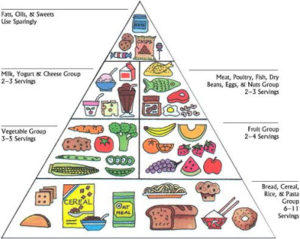
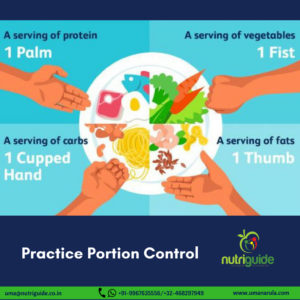
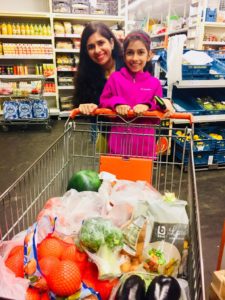
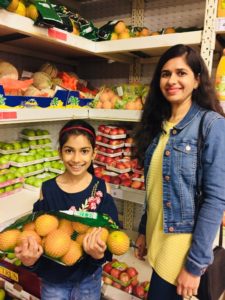
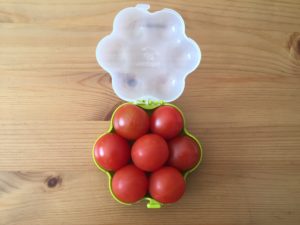
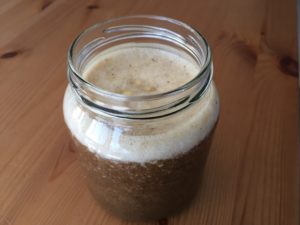
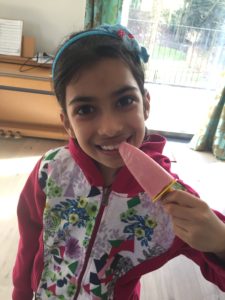
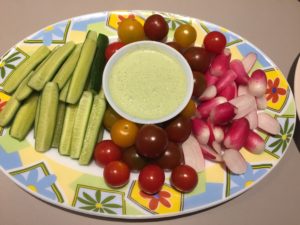
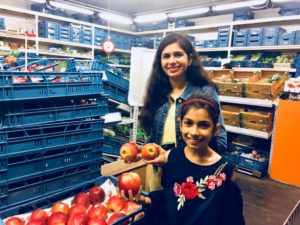
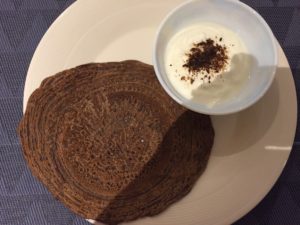
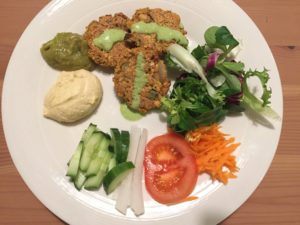

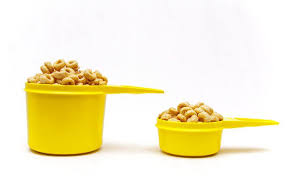
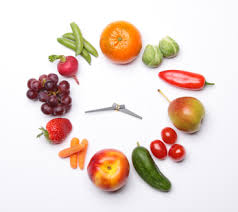


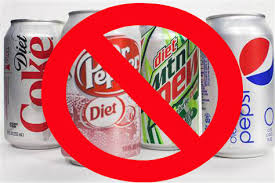


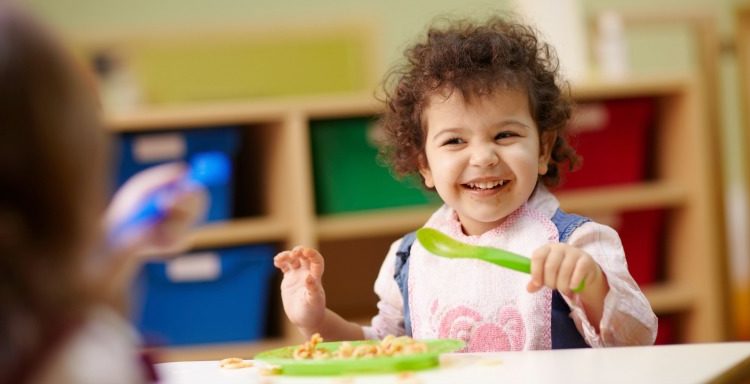
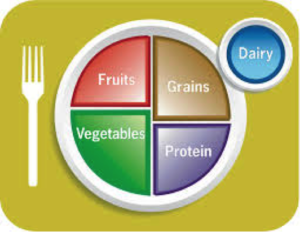

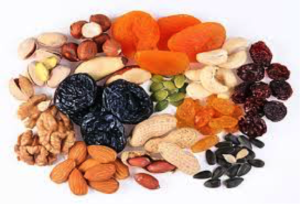

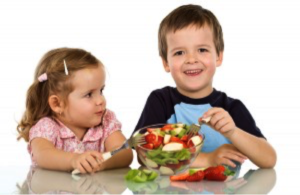
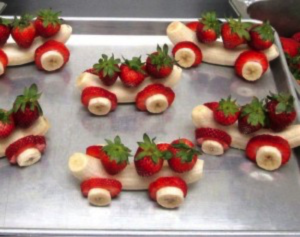
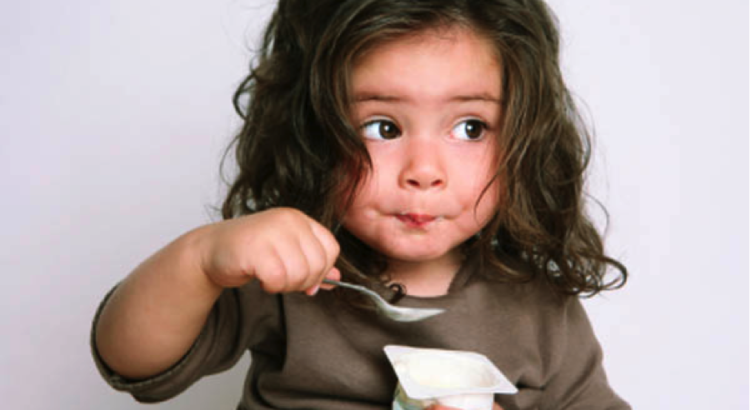
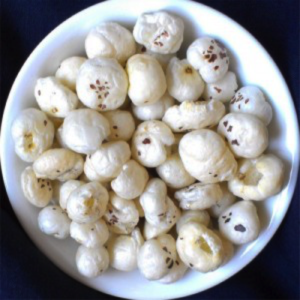 Roasted Makhanas (Lotus Seeds), peanuts, cashew mixture
Roasted Makhanas (Lotus Seeds), peanuts, cashew mixture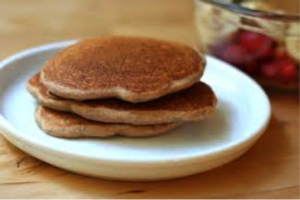 Whole wheat flour pancakes
Whole wheat flour pancakes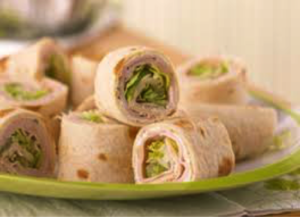 Whole wheat wraps/Rolls /frankie with fillings like: Cottage cheese/cream cheese/grated cheese/chopped or mashed veggies
Whole wheat wraps/Rolls /frankie with fillings like: Cottage cheese/cream cheese/grated cheese/chopped or mashed veggies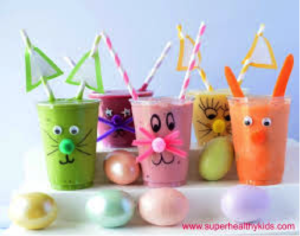 Carrot kheer /carrot halwa
Carrot kheer /carrot halwa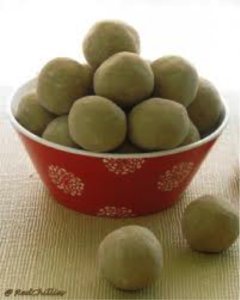 Atta laddoos
Atta laddoos